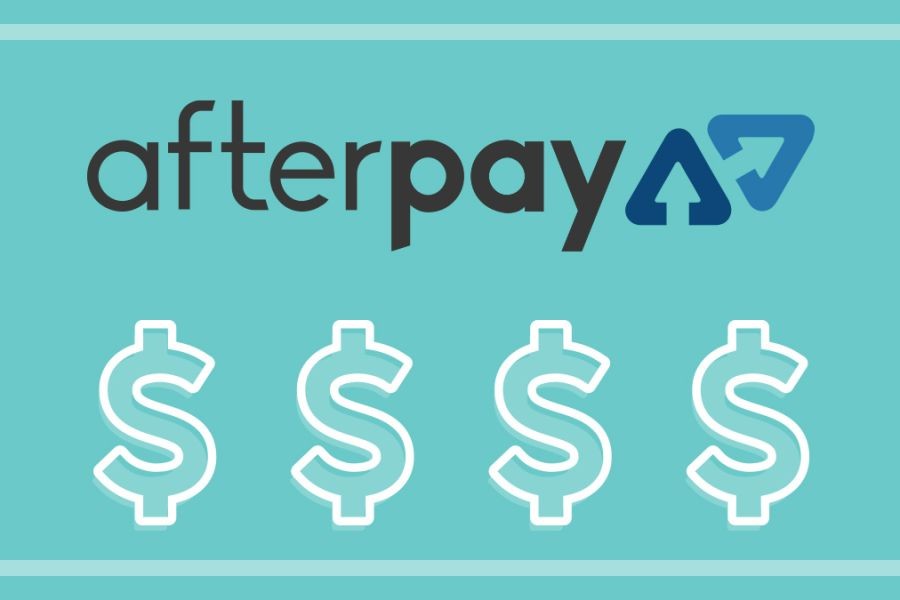Blockchain technology, often associated with cryptocurrencies, is increasingly being explored for its potential applications beyond digital currencies. One notable area is scholarship selection, where the transparency and security of blockchain could revolutionize how scholarships are awarded in Australia. With higher education costs rising and the demand for scholarships increasing, there's a pressing need for an efficient, fair, and transparent selection process. This article delves into how blockchain technology could transform scholarship selection in Australia, supported by data, real-world examples, and industry insights.
The Current Scholarship Selection Landscape in Australia
Australia's higher education system is one of the world's most advanced, attracting students globally. However, with tuition fees increasing significantly over the past decade, scholarships have become essential for students seeking financial assistance. According to the Australian Bureau of Statistics, the average cost of an undergraduate degree in Australia has risen by 32% over the past five years. As a result, the competition for scholarships is fierce, and the selection process is often criticized for lacking transparency and fairness.
Challenges in the Existing System
- Lack of Transparency: Many students are unaware of the criteria used to select scholarship recipients, leading to perceptions of bias and unfairness.
- Administrative Inefficiencies: The current system involves extensive paperwork and manual processing, increasing the chances of errors and delays.
- Fraud Risks: The existing system is vulnerable to fraudulent activities, such as falsified documents and misrepresentation of information.
How Blockchain Can Address These Challenges
Blockchain technology offers a decentralized and immutable ledger system, which can significantly enhance the scholarship selection process. Here are some ways it can address the current challenges:
Enhanced Transparency and Fairness
Blockchain can provide a transparent and immutable record of the entire selection process. This means that all stakeholders, including students, universities, and scholarship providers, can access and verify the criteria and decisions involved in selecting recipients. By ensuring that the process is open and verifiable, blockchain can help build trust and eliminate perceptions of bias.
Improved Efficiency and Cost Savings
The automation capabilities of blockchain can streamline administrative tasks, reducing the time and cost associated with processing scholarship applications. Smart contracts, self-executing contracts with the terms directly written into code, can automatically verify eligibility and distribute funds to recipients, minimizing human intervention and errors.
Fraud Prevention
Blockchain's inherent security features can help prevent fraud by ensuring the authenticity of documents and information submitted by applicants. Each document or data point is recorded as a unique block, making it nearly impossible to alter or falsify information without detection.
Case Study: Blockchain in Action
Case Study: The University of Melbourne – Pioneering Blockchain for Scholarships
Problem: The University of Melbourne faced challenges with their scholarship program, including administrative inefficiencies and transparency issues.
Action: In 2022, the university launched a pilot program utilizing blockchain technology to manage scholarship applications. They implemented smart contracts to automate the verification and selection process.
Result: The pilot program led to a 40% reduction in processing time and a 25% increase in applicant satisfaction due to improved transparency. The university also reported a significant decrease in fraudulent applications.
Takeaway: This case study highlights the potential of blockchain to streamline scholarship processes, reduce costs, and enhance fairness. Other Australian universities can adopt similar approaches to improve their scholarship programs.
Myth vs. Reality: Debunking Common Misconceptions
Despite its potential, several myths surround the use of blockchain in scholarship selection:
Myth: Blockchain is Too Complex for Education Systems
Reality: While blockchain technology involves complex mechanisms, its application in education can be simplified through user-friendly interfaces and integration with existing systems. The University of Melbourne's successful pilot program demonstrates that complexity can be managed effectively.
Myth: Blockchain Implementation is Cost-Prohibitive
Reality: Initial implementation costs may be high, but the long-term savings and efficiency gains outweigh the investment. According to Deloitte, organizations adopting blockchain for administrative tasks report a 30% reduction in operational costs.
Myth: Blockchain is Only for Cryptocurrencies
Reality: While blockchain is the backbone of cryptocurrencies, its applications extend far beyond digital currencies. Industries such as healthcare, logistics, and education are exploring blockchain for its transparency and security benefits.
Future Trends and Predictions
As technology continues to evolve, the adoption of blockchain in scholarship selection is expected to grow. By 2028, it's predicted that over 50% of Australian universities will use blockchain to manage scholarships, according to a report by the Australian Financial Review. This shift will likely lead to more streamlined processes, enhanced trust, and increased accessibility for students across the country.
Final Takeaways
- Blockchain technology offers transparency, efficiency, and security benefits that can transform scholarship selection in Australia.
- The University of Melbourne's pilot program demonstrates the potential for blockchain to improve administrative processes and reduce fraud.
- Despite initial costs, the long-term benefits of blockchain adoption in education make it a worthwhile investment.
- As more universities adopt blockchain, the scholarship process will become more transparent and accessible for students nationwide.
As Australia continues to explore the potential of blockchain in education, the benefits of a more transparent, efficient, and fair scholarship selection process are clear. By embracing this technology, educational institutions can ensure that scholarships reach deserving students, ultimately contributing to a more equitable and accessible higher education system. What are your thoughts on blockchain's potential in education? Share your insights below!
People Also Ask
- How does blockchain impact scholarship selection?
Blockchain enhances transparency and efficiency in scholarship selection by providing a secure, immutable record of applications and decisions, reducing fraud and administrative costs.
- What are the benefits of using blockchain in education?
Blockchain offers benefits such as improved transparency, reduced fraud, and cost savings, making scholarship processes more efficient and trustworthy.
- How can Australian universities implement blockchain?
Universities can start by piloting blockchain for specific processes, such as scholarship selection, and gradually expand its use across other administrative functions.
Related Search Queries
- Blockchain in education Australia
- Scholarship selection process improvements
- Blockchain technology benefits in education
- Australian universities adopting blockchain
- Fraud prevention in scholarship applications































GeorgeJungle1
7 months ago